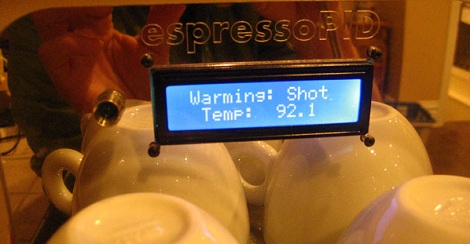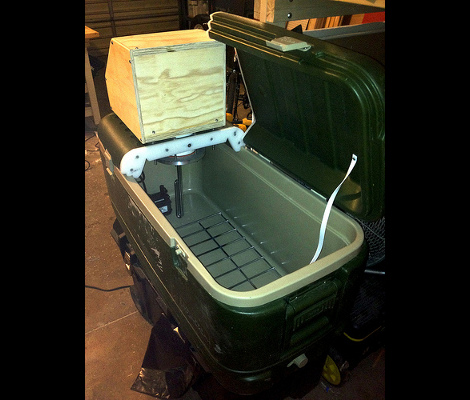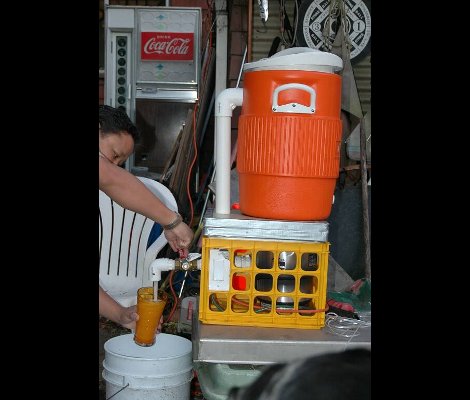The heat sensor in [Cameron]’s espresso machine doesn’t work very well. He sees some pretty crazy variations in temperature when pulling an espresso shot, and when the boiler is just sitting there the heater element will heat the water full-bore then shut off for a while. Since this is a pretty low bar from a control theory standpoint, [Cameron] decided on a PID makeover on his espresso machine.
Instead of going with a commercial PID controller like we’ve seen on a few kitchen hacks, [Cameron] decided to roll his own Arduino derivative based on an ATMega328 microcontroller. The newly designed board reads the state of the ‘Steam’ button, a few relays for controlling the heater and the pump, and of course an LCD display.
[Cameron] still has to do a little tweaking to get his PID algorithm down, but already the new control board keeps a much more stable temperature than the old thermostat. The fancy new bezel and LCD display adds a lot of techy class to his espresso machine, to boot.



















